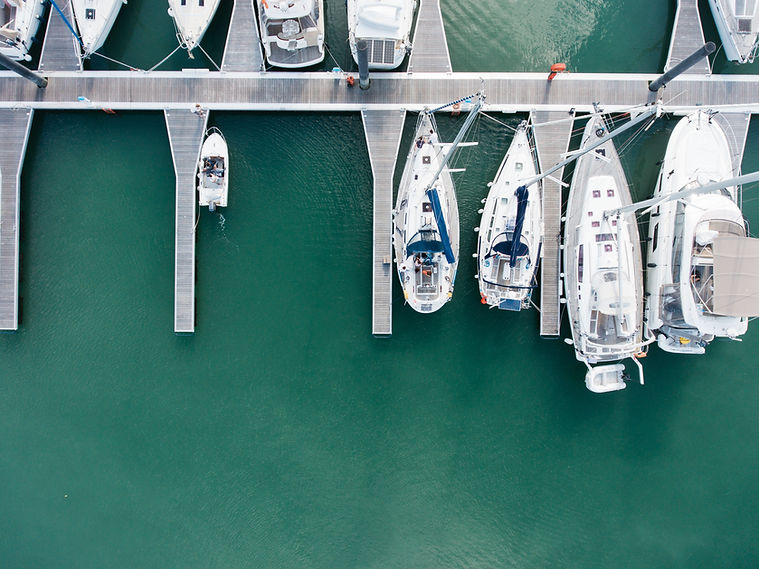
2019-2022
"This is a research project of the Center for Advanced Studies of Blanes (CEAB) on the biodiversity of the marine littoral communities of the Spanish National Parks with maritime domains (the Galician Atlantic Islands and the Cabrera Archipelago in the Mediterranean). The project is funded by the National Parks authority of SPAIN (OAPN). Our goal is to continue the ongoing biomonitoring of key benthic communities under pressure from invasive seaweeds using genetic, ecological, and environmental parameters.
Our goals are:
1. To evaluate the long-term temporal dynamics of invasive species in benthic communities and their effects and interactions with biotic and abiotic parameters.
2. To continue the mid-term study of invaded and non-invaded communities using metabarcoding
3. To study the seagrass communities (Posidonia oceanica) and the effects of extreme events (such as storms) on these communities and their ecosystem services and functions
By combining genetic, ecological, and environmental data we seek to have a precise appraisal of the state and evolution of these benthic communities influenced by invasive species in a global warming scenario."

2018-2021
"PopCOmics seeks to apply novel molecular techniques to address challenges in marine biology research with application to societal problems and conservation goals. We will apply genomics to the study of keystone species (either because of their ecological role, their invasive status, or their conservation challenges). We also want to develop and applyamplicon sequencing techniques (metabarcoding) to the problem of biodiversity assessmentat the community and holobiont level. We will focus on biomonitoring of natural and impacted benthic habitats and analyse changes symbiont communities in invertebrates as a response to anthropogenic perturbations."

2014-2017
"The ChallenGen project aims at applying both classical and new (derived from Next Generation Sequencing technologies) genetic tools to three challenges identified within the framework of benthic marine research. It is funded by the Spanish Ministry of Economy and Competitiveness. The project team comprises two main groups, one belonging to the Marine Ecology Department of the Centre for Advanced Studies of Blanes (Spanish Research Council, CSIC), and the second one comprising members of the Departments of Genetics and Animal Biology of the University of Barcelona. We also have foreign participants belonging to the University of Southampton and the Australian Institute of Marine Sciences."

2013-2016
The MetaBarPark project wants to apply the new high throughput sequencing technologies to characterize benthic communities in the marine National Parks using environmental DNA (metabarcoding). We will at the same time assess the community impacts of invasive seaweeds.
In classical biodiversity surveys, only a small fraction of the present organisms is studied, leaving most of the extant biodiversity as hidden. Metabarcoding is a technique that uses sequences of particular genes (so-called barcodes) to identify the species present in a sample of environmental DNA. This allows identifying macroscopic organisms, but also those components neglected in classical surveys: small metazoans and algae, and protists. These small organisms constitute most of the biodiversity present, lie at the basis of trophic chains, and are crucial to the function of ecosystems, being the first ones to respond to perturbations.





